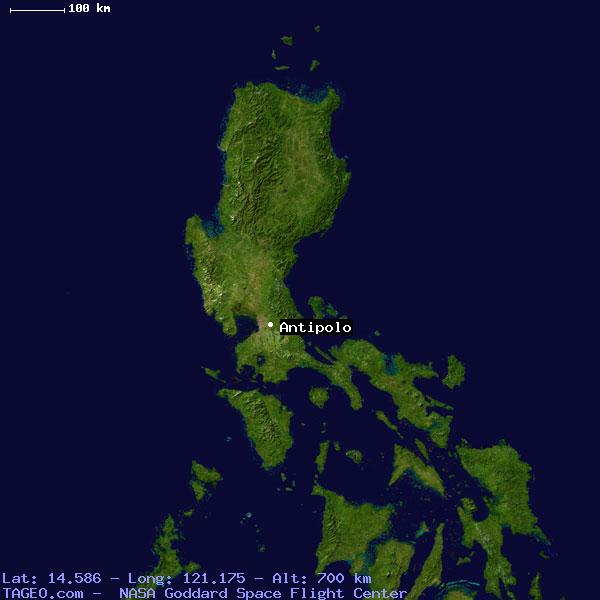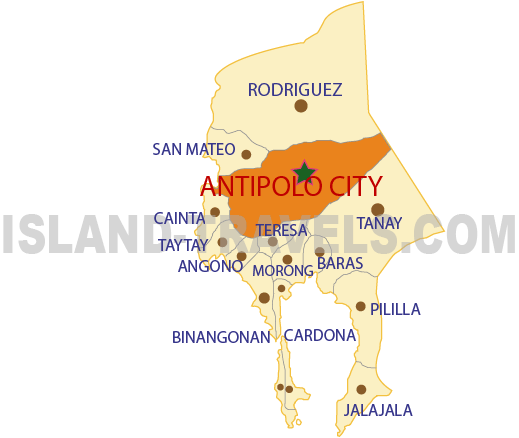
-
МјРЇСІИёСЖШИМі
-
 И№ОЫ КИОЫ Йъ ЗЛЦЎЧЯБт~ ИЎСЖЦЎ ПЙОрБюСі
И№ОЫ КИОЫ Йъ ЗЛЦЎЧЯБт~ ИЎСЖЦЎ ПЙОрБюСі 89,439
89,439 -
 [ЧЪИЎЧЩ ММКЮ] ФЋИ№ХзНК ПЉЧр 100Йш СёБтБт
[ЧЪИЎЧЩ ММКЮ] ФЋИ№ХзНК ПЉЧр 100Йш СёБтБт 48,828
48,828 -
 ИЖДвЖѓ НУГЛ - ИЎРп АјПјСЄКИ. (ЛчСј 16Рх ЦїЧд)
ИЖДвЖѓ НУГЛ - ИЎРп АјПјСЄКИ. (ЛчСј 16Рх ЦїЧд) 30,778
30,778 -
 ММКЮРЧ СіПЊСЄКИ15,525
ММКЮРЧ СіПЊСЄКИ15,525 -
 ИЖДвЖѓ БйБГ - ЕћАЁРЬЕћРЬ ПЉЧр СЄКИ14,328
ИЖДвЖѓ БйБГ - ЕћАЁРЬЕћРЬ ПЉЧр СЄКИ14,328 -
 [ЧЪИЎЧЩ ММКЮ/ИЗХК] ШЃХк МїЙк ПфБн Йз СЄКИ13,310
[ЧЪИЎЧЩ ММКЮ/ИЗХК] ШЃХк МїЙк ПфБн Йз СЄКИ13,310 -
 КИЖѓФЋРЬРЧ И№Еч И№НРРЛ КММі РжДТ ЛчСјУИ.13,120
КИЖѓФЋРЬРЧ И№Еч И№НРРЛ КММі РжДТ ЛчСјУИ.13,120 -
 ИЖДвЖѓ БйБГ - ЦХЛѓЧб ЦјЦї ПЉЧрСЄКИ12,822
ИЖДвЖѓ БйБГ - ЦХЛѓЧб ЦјЦї ПЉЧрСЄКИ12,822 -
 [ММКЮ-ЙшМБТјРх] МБЙкШИЛч РќШЙјШЃПЁПф~12,433
[ММКЮ-ЙшМБТјРх] МБЙкШИЛч РќШЙјШЃПЁПф~12,433 -
 ИЖДвЖѓ СіПЊ(ПЁИЃЙЬХИ -ИЛЖѓХз)РЧ СіЕЕ/ЧбБЙ РННФСЁ/МюЧЮИє12,103
ИЖДвЖѓ СіПЊ(ПЁИЃЙЬХИ -ИЛЖѓХз)РЧ СіЕЕ/ЧбБЙ РННФСЁ/МюЧЮИє12,103


Antipolo (officially: "City of Antipolo", Filipino: Lungsod ng Antipolo) is a city in the Philippines located in the
province of Rizal; about 25 kilometers east of Manila. It is the largest city in the Calabarzon Region in terms of
population. It is also the seventh most populous city in the country with a population of 633,971 in 2007.
It was converted from a municipality into a component city of Rizal Province on April 4, 1998 under Republic Act No. 8508. A new provincial capitol building was inaugurated in the city in March 2009 to replace the old capitol
in Pasig which has long been outside the jurisdiction of Rizal Province; after Pasig was included in Metro Manila in 1975. With the transfer of the provincial government to Antipolo, it is highly favored to be officially designated
as the new capital of the province.[1] On March 14, 2011, Antipolo was declared a "highly-urbanized city" by
President Benigno Aquino; such proclamation however still needs to be ratified in a plebiscite.[2]
The city is popular for being a pilgrimage site. It prides itself as the "Pilgrimage Capital of the Philippines."[3]
The Marian image of the Our Lady of Peace and Good Voyage or the Virgin of Antipolo, which was brought in
from Mexico in 1626, and enshrined in the Antipolo Cathedral has a continuous following among Filipino Catholics since the Spanish era.[4] A popular custom of pilgrims to the Virgin of Antipolo is the trek going to its shrine
on the eves of Good Friday and May 1 from various locations in Rizal Province and Metro Manila. Some pilgrims would begin the trek from Quiapo Church in Downtown Manila following the procession of the image.[5] There is also an existing custom to have new cars blessed at the church in the belief that this will ensure the safety of the car and its passengers.[6]
Its higher elevation than that of Metro Manila affords it a scenic view of the metropolis, especially at night. Its
locally grown mangoes and cashews are popular among tourists, as well as suman – a local delicacy made
out of glutinous rice. The Hinulugan Taktak National Park, which was once a popular summer get-away is being restored to become again one of the city's primary attractions.[7]
Geography
Antipolo is in the northern half of Rizal Province, close to its meridional center. It stretches the entire width of
the province.
It is found on the slopes of the Sierra Madre Mountain Range. Much of the city sits on a plateau averaging 150
meters. It has the second largest area in the province with an area of 306.10 kmТВ. The northern and southern sections of the city are in the dense forest areas of the Sierra Madre.
Antipolo is landlocked; bounded to the north by San Mateo and Rodriguez; to the northeast by Gen. Nakar in
neighboring Quezon Province; to the southeast by Tanay; to the south by Angono, Taytay and Teresa; and to
the west by Cainta and Marikina City in Metro Manila.
History
The city was named after the tipolo (breadfruit) tree (Artocarpus incisa), which was in abundance in the area.
Franciscan missionaries arrived in Antipolo in 1578, and built a church in Boso-Boso. They were soon replaced
in 1591 by the Jesuits, who organized the village into a parish. By 1601, the Christian population of Antipolo had
grown to about 3,000 as the indigenous Dumagat population dwindled and moved deeper into the interiors.
An uprising Manila's Chinese residents reached Antipolo in 1602 that lead to the razing of the church.
On March 25, 1626, the image now known as the Virgin of Antipolo was brought from Acapulco, New Spain
(now Mexico) by Governor-General Juan Niño de Tabora, who relinquished the image to the Jesuits for
Antipolo's church.
In 1650, the village was organized into a town and became part of Tondo Province. When the province was divided in 1853, Antipolo became a part of the District of San Mateo de los Montes, which later became the District of
Morong.
Economy
As of the latest local government income classification of the Department of Finance in 2005, Antipolo is classified as a "First Class City".[12] In 2007, the city registered a total revenue of ₱993.1 million, an increase of 5.6 percent from the previous fiscal year, in 2010 this amount has grown to ₱1.24 billion.[2] Its proximity to Metro Manila has continuously spurred the growth of the real estate industry and by 2007, revenue from real property taxes has ballooned by 32.1 percent from 2006 to ₱146.2 million as there are also about 456 residential subdivisions in the city.
Education
The Department of Education maintains a school division in Antipolo, which supervises the 59 public schools (41 elementary schools, 18 high schools) in addition to 138 accredited private schools.
There are two universities operating satellite campuses in the city, the state-run University of Rizal System,and Our Lady of Fatima University. Moreover, there are known colleges like La Salle College Antipolo, AMA East
Rizal Campus, Asian School of Hospitality Arts, and World Citi College.
- ЁЄ
- ЁЄ
- ЁЄ
- ЁЄryWvMVxeet
- ЁЄryWvMVxeet
- ЁЄryWvMVxeet\'\"\\(
- ЁЄryWvMVxeetщ\'\"\\(
- ЁЄryWvMVxeet
- ЁЄryWvMVxeet
- ЁЄryWvMVxeet
- ЁЄryWvMVxeet
- ЁЄryWvMVxeet
- ЁЄryWvMVxeet
- ЁЄryWvMVxeet
- ЁЄryWvMVxeet















 ЧЪРкДхФФ ОпАЃЛѓДу ПРЧТ
ЧЪРкДхФФ ОпАЃЛѓДу ПРЧТ 12ГтПЌМг МвКёРкИИСЗ 1РЇ
12ГтПЌМг МвКёРкИИСЗ 1РЇ
 ГЛАд ИТДТ ОюЧаПј УЃБт
ГЛАд ИТДТ ОюЧаПј УЃБт
 ИЎОѓ ЧаБГ ЙцЙЎБт
ИЎОѓ ЧаБГ ЙцЙЎБт
 СжИЛПЁ ГЛАЁ ОЕ КёПыРК?
СжИЛПЁ ГЛАЁ ОЕ КёПыРК? УжАэАЁМККё РЬКЅЦЎ СёБтБт
УжАэАЁМККё РЬКЅЦЎ СёБтБт
 ЧіСіПЁМЕЕ ЧЪРкДхФФ!
ЧіСіПЁМЕЕ ЧЪРкДхФФ! ЧіСіПЁМ АЁДЩЧб
ЧіСіПЁМ АЁДЩЧб









 ЧЪРк ЦЏБо Ч§ХУ! ФСНУОюСі МКёНК
ЧЪРк ЦЏБо Ч§ХУ! ФСНУОюСі МКёНК
































